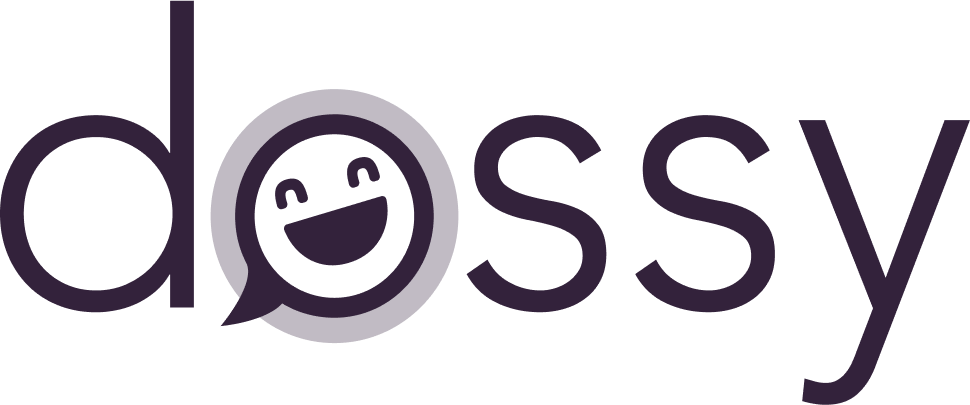In-Person Care: A Widening Gap We Can’t Ignore
As our population ages, one issue looms large: in-person care simply isn’t keeping pace. Social connection, often considered a “nice-to-have,” is falling by the wayside as healthcare workers and family caregivers scramble to meet physical and medical needs. Yet loneliness, isolation, and emotional neglect have very real consequences—both for the individual and for our broader society.
A System Under Strain
For decades, aged care has been guided by a desire to protect and provide. While that mission is commendable, it’s also led to a hyper-focus on safety and medical care. Social connection frequently drops to the bottom of the to-do list, even though it’s essential for overall well-being. Now, with the pressure mounting, we’re learning some hard truths:
Family Caregiver Burnout: When an aging parent or loved one needs round-the-clock assistance, families often shoulder the burden. Juggling jobs, financial pressures, and emotional stress leave many caregivers burnt out—leading to health issues, lost work hours, and strained relationships.
Economic Costs: Beyond the emotional toll, this scenario carries a hefty price tag for society. Healthcare expenses climb, productivity dips and our aged care systems struggle under a growing tide of demand.
Aging Demographics: With people living longer, the need for consistent, meaningful engagement skyrockets. Yet, the pool of available caregivers—professional or familial—doesn’t expand at the same rate.
Is It Time to Tap Into a “Help Economy”?
In an age of ride-sharing and peer-to-peer services, we’ve embraced the idea that community can fill in the gaps. Whether borrowing someone’s parking space, renting a holiday home, or ridesharing to the airport, we’re living in an era where people help each other—often in exchange for a fee, sometimes purely out of altruism.
So why not channel that same spirit to address loneliness in aged care?
Micro-Volunteering: Imagine if people with five spare minutes a day could connect via a simple, intuitive platform to chat with seniors, exchange stories, or offer a listening ear.
Neighbour-Led Initiatives: Community groups, churches, and local clubs can organise mini-check-ins—one resident at a time.
Shared Resources: Technology platforms can match an elderly person’s need for companionship with a neighbour’s willingness to help, much like how we use apps for sharing tasks or chores.
This concept of a “help economy” acknowledges that we’re not all professional caregivers. But we can still offer genuine human connection, which often makes as much (if not more) impact than formal, scheduled appointments.
Enter AI: Friend or Foe to Human Connection?
In parallel, we’re witnessing rapid advancements in Artificial Intelligence—from chatbots that can hold basic conversations to complex machine learning systems that predict health needs. Many of us might wonder if AI can (or should) replace human connection. After all, can an algorithm truly replicate the warmth of a person’s voice, the empathy in their eyes, or the reassurance of genuine understanding?
For some, it’s a firm “No, never.” But for others, AI might serve as a bridge. For instance:
AI-Powered Platforms: Systems that identify when someone’s mood dips, prompting a friendly volunteer or family member to check in.
Smart Scheduling: Tools that adapt to seniors’ routines and time zones, ensuring a simple, frustration-free experience when loved ones want to call.
Personalised Insights: Predictive analytics that allow caregivers to focus on moments of genuine human interaction, because routine tasks are streamlined by AI.
The question is: Do we lean on AI simply to automate, or do we let it support—and even enhance—our capacity for human connection? Here, opinions diverge, and rightly so. Some worry about losing the personal touch, while others see AI as the only way to deal with the sheer scale of demand.
Where Dossy Stands
At Dossy, we see AI as a complement to—not a replacement for—human connection. There’s something undeniably irreplaceable about a genuine, empathetic conversation. That’s why we use AI primarily to foster those chats and support families around the clock. By nudging volunteers or family members at the right times, and smoothing over technical hurdles that might stop someone from picking up the phone, we’re harnessing AI to lift up human interaction—not sidestep it.
Are we biased? Maybe. We believe in preserving the human and emotional experiences that form the core of real relationships. But seeing the current strain on families and care providers, we also recognise that technology—particularly AI—can help us fill the gaps without losing sight of the value of person-to-person contact.
A Controversial Path Forward
Our aged care system is steeped in tradition, rooted in protective instincts that, at times, can be more conservative. Integrating AI and volunteer-driven social platforms might seem risky. But if we refuse to innovate, we risk leaving an entire generation—and their caregivers—stranded. We risk ignoring the potential power of thousands of compassionate people willing to spare just five minutes a day to transform someone else’s sense of belonging.
Yes, AI solutions will flood the market, and yes, we’ll see rapid adoption. The real question is how we balance that technology with the undeniable truth that humans still crave other humans. Loneliness can’t be solved by an app alone, but it can be eased if we use the right combination of human outreach and tech-driven support.
Final Thoughts
In-person care is unscalable at the level we need—not without the burnout of family caregivers or unsustainable economic burdens. The world is changing fast, and older adults, especially those isolated by health or mobility issues, shouldn’t get left behind. A human-first approach, supported by thoughtful AI, might just be the key to bridging this widening gap.
So, what’s the answer? Lean on community, leverage technology, and keep the heart of care firmly rooted in authentic human connection. Because while an algorithm can handle scheduling and notifications, it’s the shared stories, the laughter, and the empathy that nourish us all—and that’s something no robot can replace.

